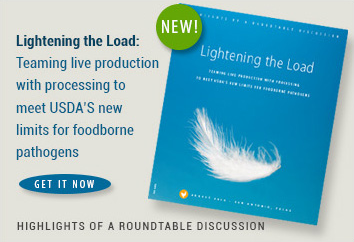Sneak peek: Case history of an FDA VFD inspection

Random FDA inspections to ensure compliance with the updated veterinary feed directive (VFD) rule are understandably causing some trepidation throughout the poultry industry.
Fortunately, the experience of a Midwestern swine veterinarian provides insights on what to expect.
For poultry, no in-feed antibiotic medications have required VFDs before January 2017, but VFDs have been required for some in-feed swine medications and the updated rule affected them as of October 1, 2015. Random inspections were anticipated and, apparently, have already begun.
In this case, the inspector started at a feed mill, where he asked to see the VFD files. He randomly pulled a VFD form and checked it against feed manufacturing records. Next he set up an appointment with the veterinarian and explained which VFD and pork producer it involved.
To prepare for the appointment, the veterinarian pulled his VFD file as well as records regarding farm visits with the producer and diagnostics that verified he had a valid veterinary-client-patient relationship (VCPR) as required by the VFD rule. He also pulled documentation supporting use of the feed medication he had prescribed.
One hiccup
There was one hiccup, however. Before the inspector’s visit, the veterinarian called to make sure the producer had a copy of the VFD on file. When the producer couldn’t find it, the veterinarian sent another copy.
During the visit to the veterinarian, the inspector’s main concern was making sure the VFD number matched that of the feed mill’s and producer’s. He didn’t dig deep but appreciated the veterinarian’s efforts to document the VCPR and prescribed treatment. In fact, the veterinarian said he was surprised the inspector didn’t ask more questions or offer criticism.
The inspector also visited the producer and, when all was said and done, everyone passed inspection with flying colors.
Based on this experience, however, the veterinarian plans to remind producers about the need to keep VFDs on file for 2 years and in a place they can be easily accessed. The producer has since initiated a better filing system. The experience also underscores the value of keeping good records about contact with producers and treatment rationale.
Posted on November 10, 2016
 We’re glad you’re enjoying
We’re glad you’re enjoying










